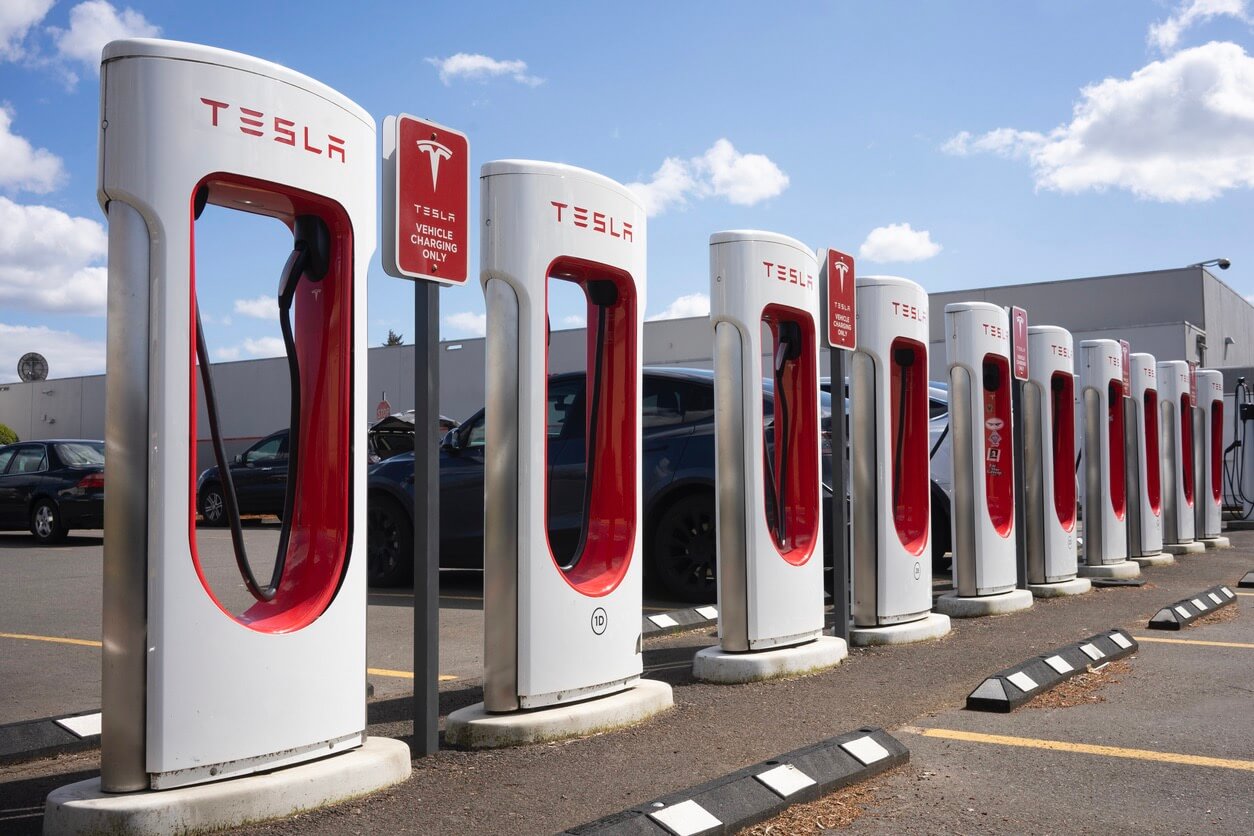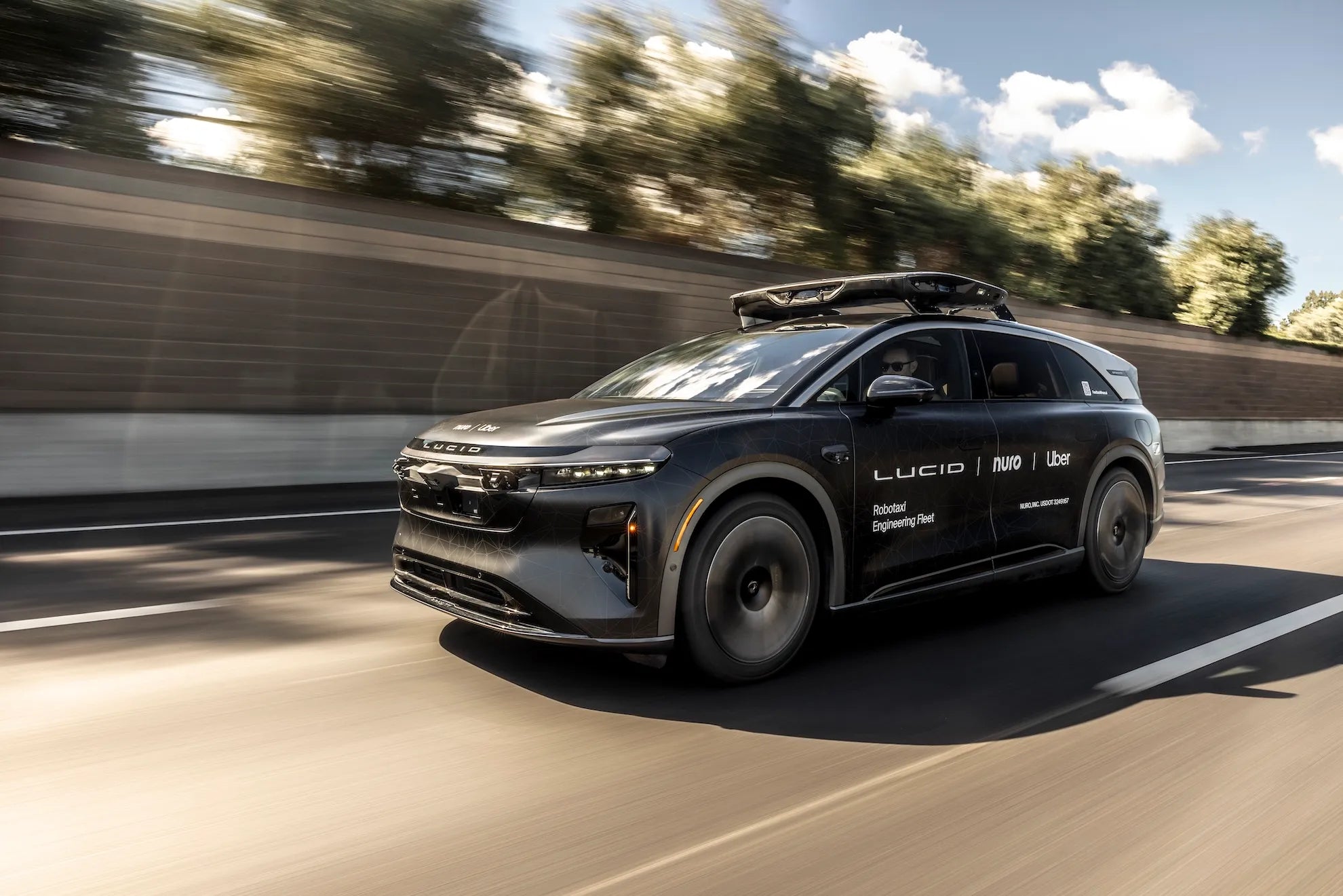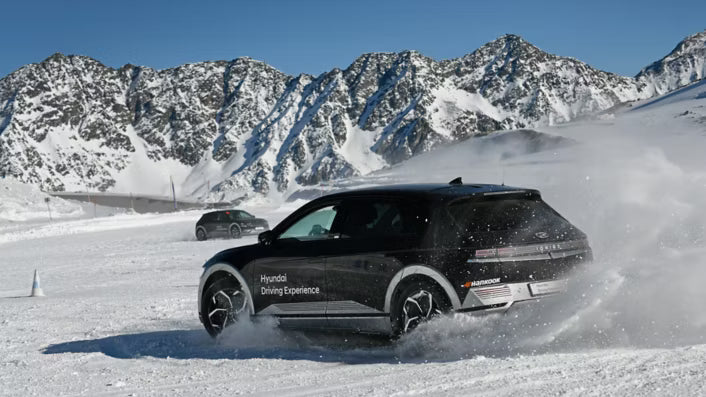Tesla Leads Another Record Quarter
The U.S. continues to expand its public fast-charging infrastructure, even as growth slightly slows. Between July and September, charging companies added 699 new public fast-charging stations nationwide, a 12% decline from Q2’s 794 additions, according to EV data firm Paren.
Despite the dip, Tesla once again led the charge—adding more Superchargers in Q3 than the next nine networks combined. The company deployed 1,820 new ports, representing nearly 45% of all new DC fast-charging stalls in the country.

A Clear Market Leader
In total, the third quarter brought 4,061 new DC fast-charging ports across the U.S., with Tesla alone responsible for almost half. The next-closest competitor, ChargePoint, added just 300 new ports, while Michigan-based Red E followed with 215.
As of the latest data, Tesla’s total U.S. Supercharger count has reached 34,328 stalls, accounting for 53.2% of all fast chargers nationwide. While this share slightly dipped due to faster expansion from rivals, Tesla’s pace of growth remains unmatched.
Recovery After Internal Turmoil
Tesla’s Supercharger momentum is especially striking given its internal shakeups in 2024. In April of that year, CEO Elon Musk abruptly laid off nearly 500 members of the company’s Supercharger division, following a dispute with then–senior director Rebecca Tinucci.
Within months, Tesla re-hired a portion of the team and restarted construction across major corridors. The renewed push coincided with automakers adopting the North American Charging Standard (NACS), a Tesla-developed connector that is now the industry’s de facto charging port.
More EVs Turning to Superchargers
With Tesla opening its network to nearly all EVs, usage patterns are shifting quickly. Paren’s report shows non-Tesla networks experiencing lower utilization, as drivers increasingly choose Superchargers for their reliability and ease of use.
The growing list of EVs featuring built-in NACS ports includes models like the Hyundai Ioniq 5 and 9, Kia EV6 and EV9, Toyota bZ4X, Subaru Solterra, Nissan Leaf, Lucid Gravity, and Cadillac Optiq. For many drivers, Superchargers have become the most convenient and dependable option available.
Other Networks Catching Up
Tesla may lead by a wide margin, but competition is intensifying. The Ionna network, a joint venture between eight major automakers including GM, BMW, and Toyota, added 12 new stations and 132 ports in Q3. Though still new, Ionna has scaled up quickly over the past year.
Similarly, Red E continues expanding beyond its Michigan roots, partnering with Aldi grocery stores and convenience chains to install dual-cable DC fast chargers across the Midwest and beyond.

Charging Growth Continues Despite Policy Uncertainty
Analysts expect EV sales to cool following the expiration of the $7,500 federal tax credit, but charger deployment may not slow at the same pace. Many networks are building ahead of demand, betting that the current dip in EV sales is temporary.
New stations are being positioned near restaurants, shopping centers, and rest areas—locations that make charging both faster and more convenient. Even under shifting political and market conditions, the nation’s charging infrastructure continues to expand, with Tesla setting the benchmark for scale and reliability.
Recommend Reading: Tesla’s 500 kW V4 Superchargers Could Redefine EV Charging in America








Aktie:
BMW iX3: The Electric SUV That’s Already Winning Buyers Over
GM’s Super Cruise Reaches 500,000+ Users with Zero Reported Crashes